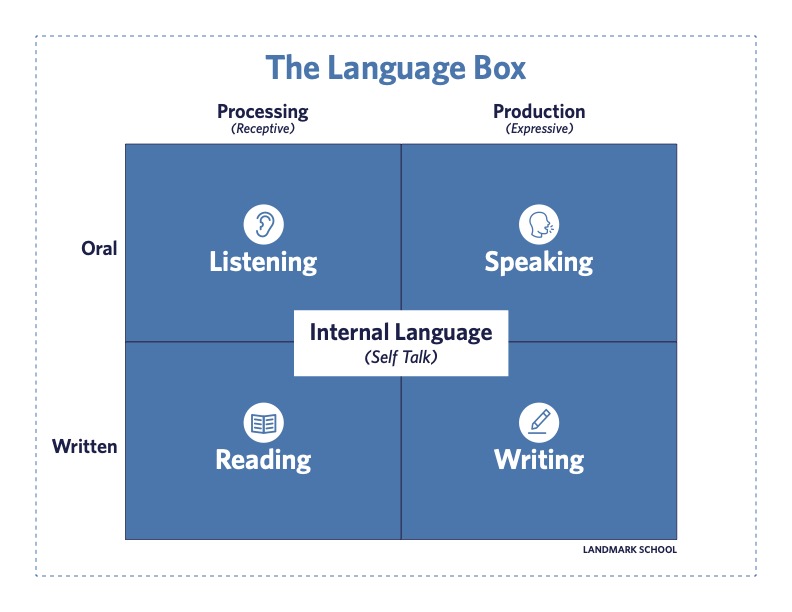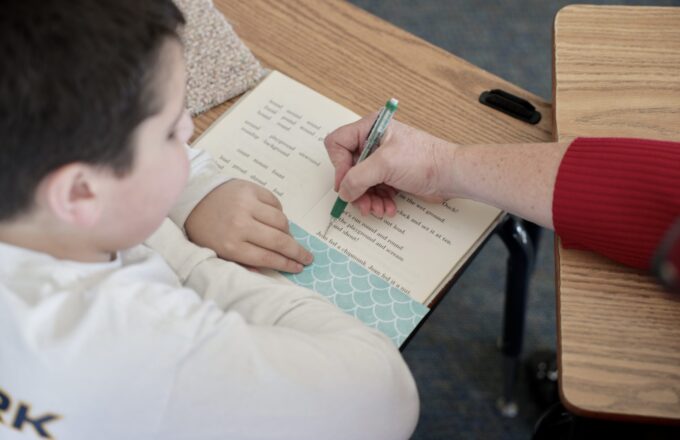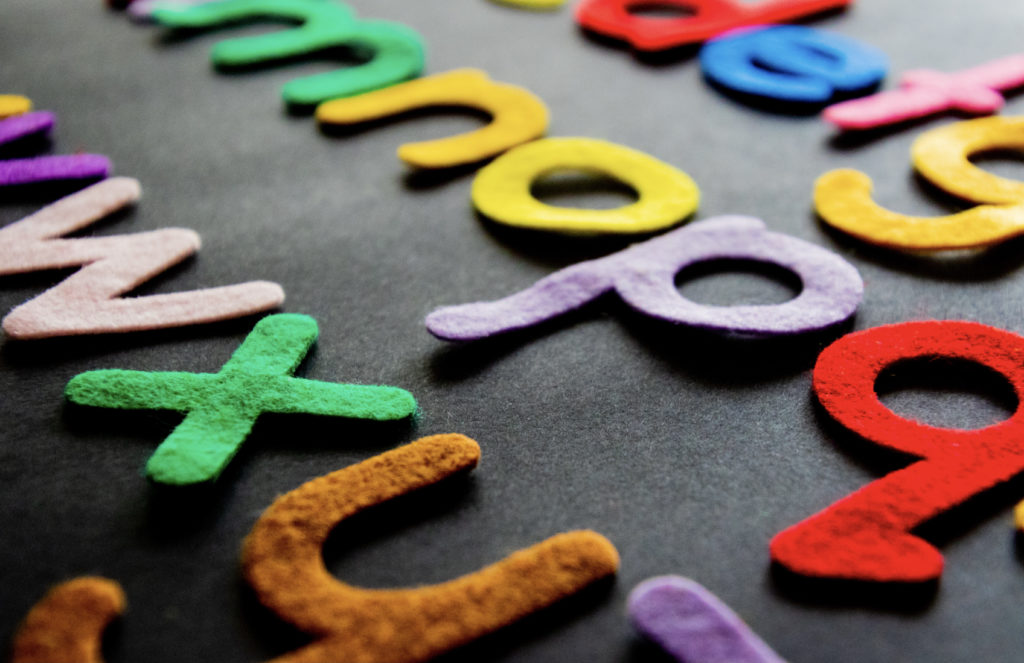What is Orthographic Mapping?
Oxford Languages defines mapping as the act of being “associated with or linked to (an equivalent group).” If orthography deals with the written representation of language, how then, do we map orthographically? In many ways, it is as complex as it sounds. Orthographic mapping is the process by which words are stored in the brain for easy retrieval. This is how we develop a store of “sight words” (Basics, 2014). For many years, it was thought that this was a visual memory task; the more we saw a word, the better able we’d be to recognize and read it. Research now shows that this is false. In the most simple explanation, if the visual memory theory were true, we would struggle to effortlessly read words printed in uncommon fonts or with mixed cases (capitals and lowercase) (Kilpatrick, 2015).
Oxford Languages defines mapping as the act of being “associated with or linked to (an equivalent group).” If orthography deals with the written representation of language, how then, do we map orthographically? In many ways, it is as complex as it sounds. Orthographic mapping is the process by which words are stored in the brain for easy retrieval. This is how we develop a store of “sight words” (Basics, 2014). For many years, it was thought that this was a visual memory task; the more we saw a word, the better able we’d be to recognize and read it. Research now shows that this is false. In the most simple explanation, if the visual memory theory were true, we would struggle to effortlessly read words printed in uncommon fonts or with mixed cases (capitals and lowercase) (Kilpatrick, 2015).
To understand the process of orthographic mapping as it relates to reading, it may first be helpful to consider what happens when we hear oral language. As we hear a series of sounds, our brain matches the sounds to familiar sounds stored in our brain. This then activates our stored language, and we are able to derive meaning from what we hear (Kilpatrick, 2015). If you have ever been immersed in a group of foreign language speakers, you can likely think about how quickly the spoken language around you becomes white noise. Your brain is unable to match the sounds heard to something familiar.
Landmark conceptualizes instructional strategies through a theoretical model called the Language Box™. The rows in the Language Box™ demonstrate the ways we process or produce language.
 Specifically, written language is processed when students read. Whether reading a word, sentence, story, textbook, directions on an assignment, comprehension question, etc., students are constantly asked to turn words on a page into accurate contextualized meaning by decoding and comprehending what they read. To engage in these skills, a reader must have phonemic awareness, that is, the ability to recognize the smallest unit of sound within a word. With phonemic awareness intact, a reader is able to see a word and match the string of phonemes to stored information in the brain. This is evident by effortless and fluent reading, and at the core of this effortless and fluent word recognition is the process of orthographic mapping.
Specifically, written language is processed when students read. Whether reading a word, sentence, story, textbook, directions on an assignment, comprehension question, etc., students are constantly asked to turn words on a page into accurate contextualized meaning by decoding and comprehending what they read. To engage in these skills, a reader must have phonemic awareness, that is, the ability to recognize the smallest unit of sound within a word. With phonemic awareness intact, a reader is able to see a word and match the string of phonemes to stored information in the brain. This is evident by effortless and fluent reading, and at the core of this effortless and fluent word recognition is the process of orthographic mapping.
It is important to understand that orthographic mapping is a process, not a teaching strategy or skill. As such, it cannot be directly taught. Instead, we must support readers in the acquisition of strategies that support orthographic mapping. At the most basic level, this is phonemic awareness. Without the ability to recognize and manipulate phonemes, a reader is not able to build their store of sight words through orthographic mapping because they do not have something familiar to which they can attach written language. Relatedly, readers need to build skills in phonics and the letter-sound relationship so that when they see printed language, they can immediately pull the associated phonemes (sounds) associated with each letter. As these skills grow and develop, students begin to automatize not only individual phonemes but also groups of phonemes into meaningful units. Activities that support this process include working with onset and rime and manipulating the phonemes within single-syllable words (Sedita, 2020). The last piece of successful orthographic mapping is word study, or the ability to recognize the relationship between spoken phonemes and written letters. David Kilpatrick (2015) describes this as, “The superglue that anchors words in permanent memory.” The most effective reading instruction occurs when all three of these areas are addressed.
References
- Basics: Sight Words and Orthographic Mapping. (2014). Reading Rockets. https://www.readingrockets.org/reading-101/reading-and-writing-basics/sight-words-and-orthographic-mapping
- Landmark School Outreach. (2022, December 21). The Language Box. Landmark Outreach. https://www.landmarkoutreach.org/strategies/the-language-box/
- Kilpatrick, D. A. (2015). Essentials of assessing, preventing, and overcoming reading difficulties. John Wiley & Sons.
- Sedita, J. (2020, May 5). The Role of Orthographic Mapping in Learning to Read – Keys to Literacy. Keys to Literacy. https://keystoliteracy.com/blog/the-role-of-orthographic-mapping-in-learning-to-read/#:~:text=Orthographic%20mapping%20is%20the%20process,a%20word%20(the%20spellings).



